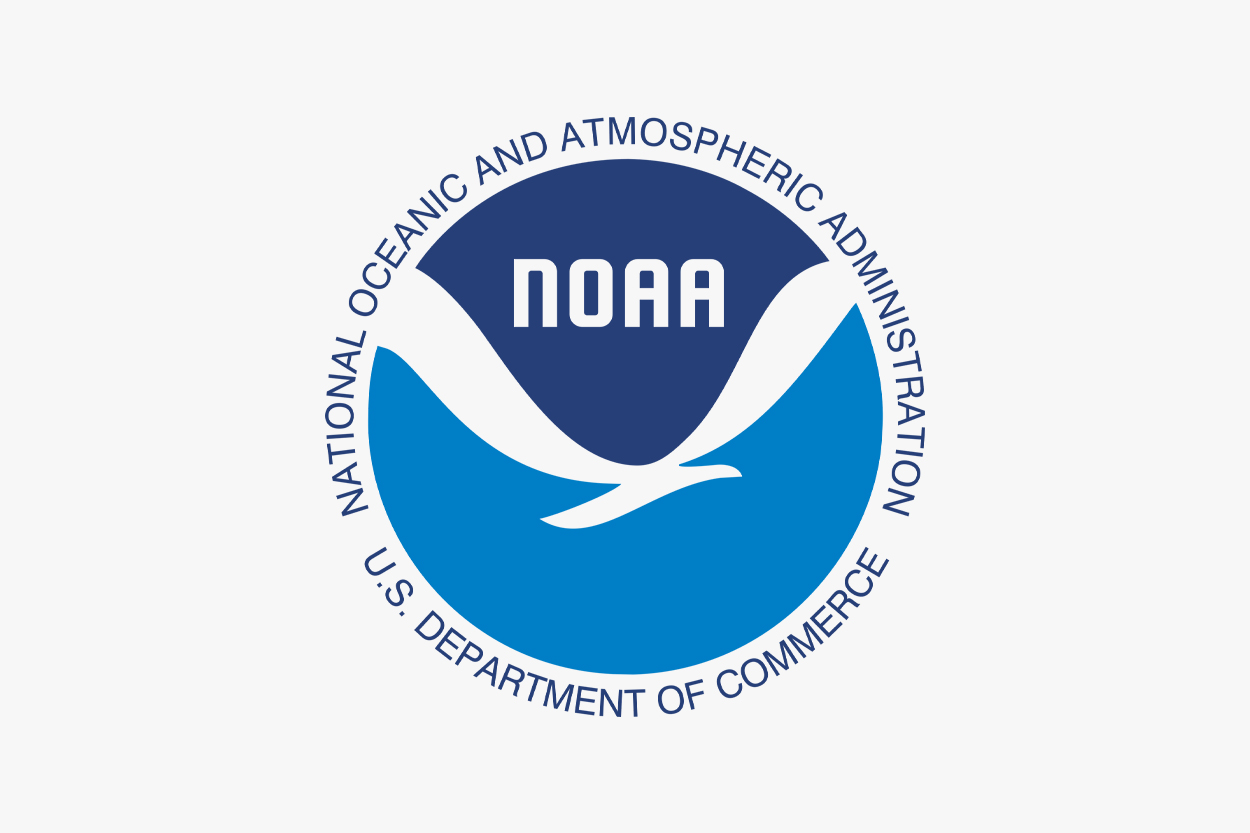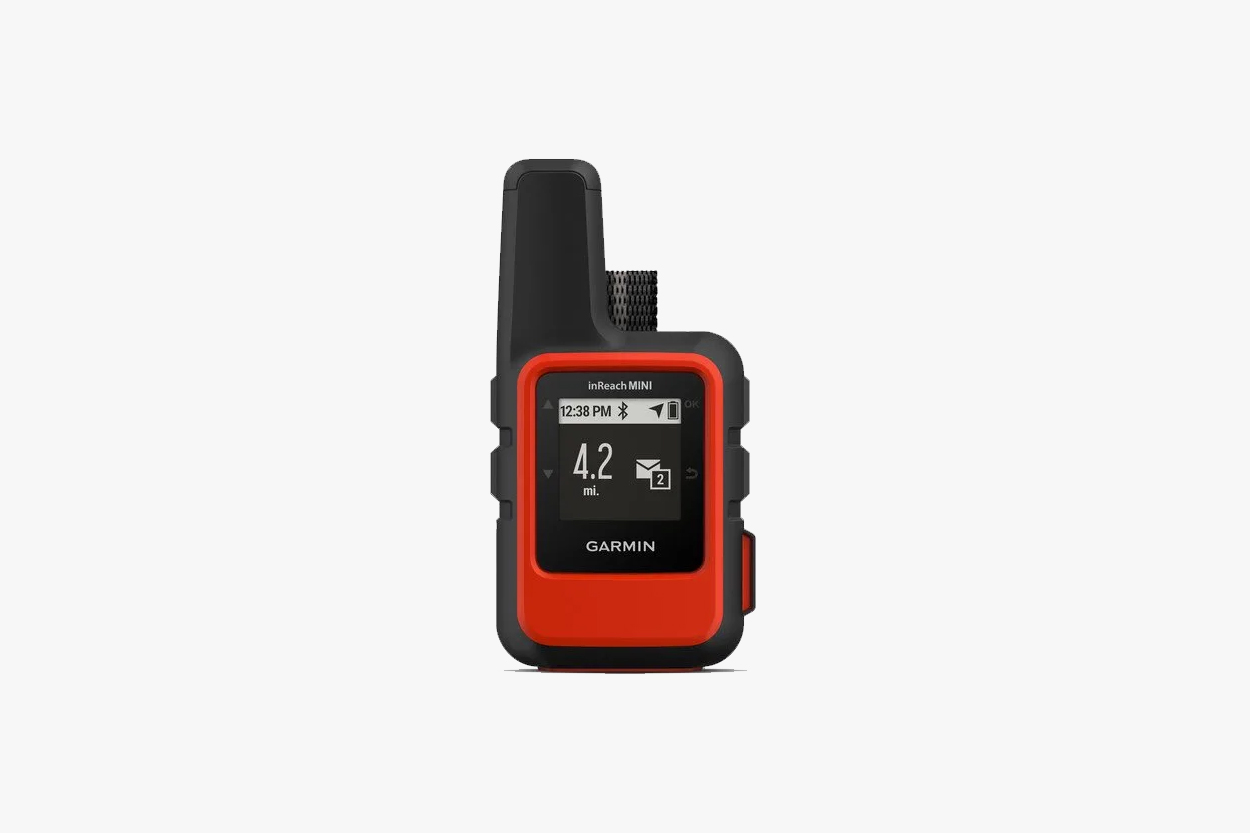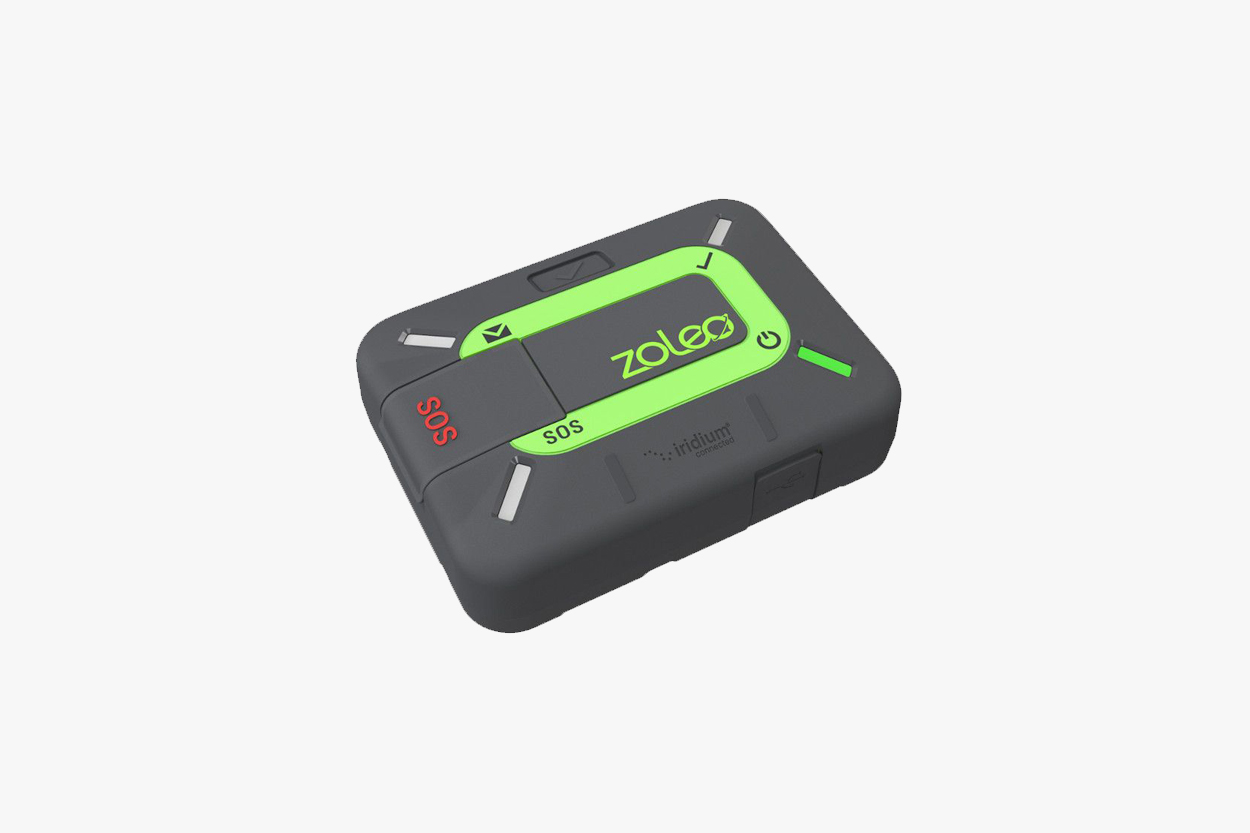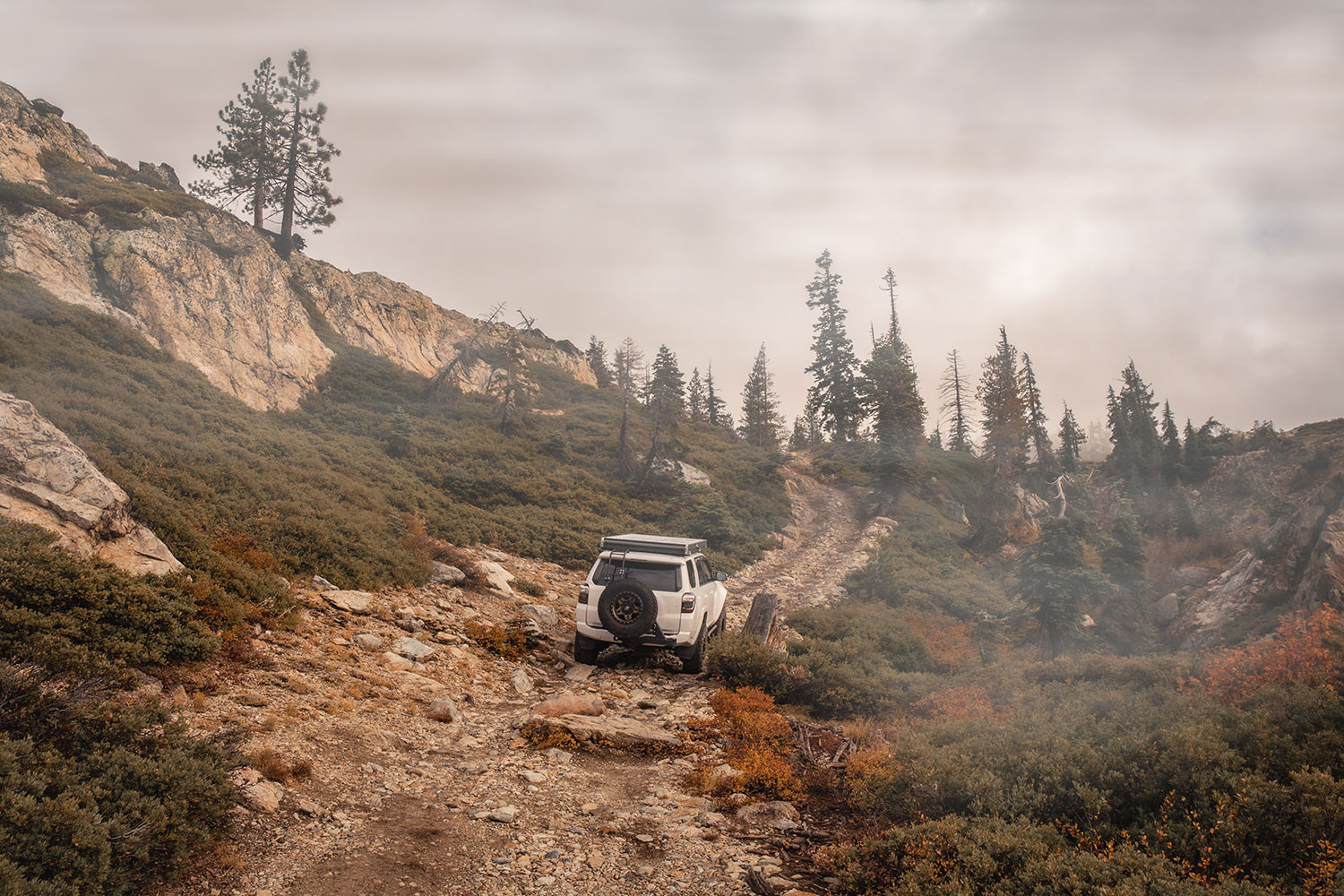
Top 3 Emergency Personal Locator Beacon (PLB) and Satellite Communicator Saftey Devices for Off-Roading and Overlanding: Safety Is The First Priority
Each and every one of us here loves outdoor adventures. In order to prepare for our adventures, we research gear, trails, and maps that will take us to these unknown destinations as safely as possible. We buy first-aid kits, take lessons to administer aid if needed, and pack our vehicles full of gear that we may need while out there exploring.
One of the things that we need to prioritize is our safety when cell phones and signal boosters are no longer viable options. Enter the personal locator beacon (PLB) and satellite communicators. These are widely used as emergency devices for off-roading and overlanding. There are a few things to consider when picking one of these devices, so let’s take a look at a few different options available to us today.
Top 3 Emergency Devices
Requirements to use an Emergency Device

Before picking which emergency device is right for you, there is a major consideration to account for. Any devices that use the 406 MHz beacons must be registered with NOAA (National Oceanic and Atmospheric Administration). That is the governing agency within the US. Registering online is the easiest and fastest way to do so, and is actually the recommended method. Outside of the US, you will need to check with your local agencies to determine their requirements.
Devices that use this beacon are typically dedicated personal locator beacons and not satellite communicators.
United States Registration
You can also mail the registration form in, and include a self-addressed, stamped envelope to:
- SARSAT BEACON REGISTRATION
NOAA
NSOF, E/SPO53
1315 East-West Hwy
Silver Spring, MD 20910
Once registered, you will be entered into the 406 MHz beacon registry within 48 hrs. They will send you a proof-of-registration sticker to place on your device within 2 weeks. Registration is valid for 2 years, so be sure to keep track of the dates. Remember, registration is required by law, and accurate information is essential for your rescue.
The 406 MHz beacon is widely used in PLBs because it can travel a greater distance due to its lower frequency wavelength compared to the higher wavelength of the Iridium Satellite Network.
If you accidentally transmit, don’t panic! Get ahold of emergency services and explain the situation along with the device’s registration and serial number, so you don’t have a search team deployed. Typically this is a non-issue, and the Search and Rescue teams appreciate the clarification.
1. ResQLink View

Find It Online:
- ResQLink: Check Price
The ResQLink View is a Personal Locator Beacon or PLB for short. This little guy boasts three levels of signal technology:
- GPS positioning
- 406 MHz signal
- 121.5 MHz signal homing capability
What does this mean to us? Well, when you are in a jam, the ResQLink View can quickly and reliably relay your position to a large network of search and rescue satellites, making a rescue possible. Despite looking fairly basic, the combination of 3 signal levels provides uncompromising location abilities. The ResQLink View also has some great features such as a built-in strobe and infrared strobe to assist with nighttime or low visibility rescues.
Features and Benefits:
- No Subscription Required
- GPS and Galileo GNSS (Global Navigation Satellite System)
- Built-In Buoyancy
- Strobe and Infrared Strobe
- Global Coverage
- MEOSAR Compatible
- Small and lightweight
- 5-year battery life
- Multifunction Clip System included
- Exclusive ACR Skins are included with purchase to make it customized to your liking
inReach Mini

Find It Online:
- inReach Mini: Check Price
- inReach Mini (updated version 2): Check Price
The inReach Mini is a lightweight and compact satellite communicator that fits in the palm of your hand. It packs in quite a few features for such a compact package. In addition to providing your location in the event of an emergency, it allows you to communicate as well. A dedicated SOS button, two-way messaging, and weather are among its top features. Instead of relying on cell phone coverage, it is 100% global Iridium Satellite dependent. This means that it requires a subscription, and the rates can vary depending on your level of use and the plan selected.
Features and Benefits:
- SOS Button/Interactive SOS Alerts Globally
- Two-Way Messaging
- Location Tracking and Sharing
- Earthmate App to Connect With Your Phone
- Weather Updates
- Compact, Rugged Design
- Requires Subscription (Annual or Month-to-Month)
- Cloud Storage
- Trip Planning
- Rechargeable Lithium-Ion Battery (90 hrs default, 24 days power-saving mode)
- Waterproof
ZOLEO

Find It Online:
- ZOLEO: Check Price
ZOLEO is a satellite communicator device that is about the size of a deck of cards. Instead of using a screen, you are able to preset messages to quickly send with the press of a button. It utilizes the Iridium Satellite network, so a subscription is required like the Garmin inReach. There are built-in check-in and SOS buttons to help keep you safe, along with a dedicated SMS number and email to share with your family.
You can connect to your cellphone through their app, but it will also work independently of your phone as well. The ZOLEO shares your GPS coordinates with your contacts through messaging, and you can even opt to send your coordinates in a check-in message.
Features and Benefits:
- Two Way Satellite Communication
- Global Messaging
- Dedicated SMS Phone Number and Email Address
- Emergency SOS
- Check-in Feature
- Lithium-Ion Battery
- Lightweight
- Dust, Shock, and Water-Resistant
- Weather Forecast
- Requires Subscription
Final Thoughts

When you’re in a remote backcountry situation like this – always bring a GPS locator
The devices listed above are the top 3 emergency devices for off-roading and overlanding based on their feature-set and proven track records. They each have their strengths and weaknesses, and there is certainly no right or wrong choice. To pick which type of device suits you best, you will need to assess your needs for use.
Personal Locator Beacons?
Personal Locator Beacons perform one task but perform it very well. That is to provide your exact location, anywhere in the world in the event of an emergency. Due to their use of the 406 MHz beacons, they do require registration with NOAA.
Satellite Communicators?
Satellite Communicators, on the other hand, not only give your location but also provide two-way communication. They do, however, tend to lack the 406 MHz beacons that PLBs have. That means you will trade off the need for registration with NOAA for a required subscription to utilize the Iridium Satelite Network.
What’s for you?
Whichever device you choose is up to personal preference but the importance of emergency location remains equally true no matter your choice. Either type would be an excellent addition to your kit, and I hope this information provided some insight into each device to get your research started!

Good article. Definitely needed if going into the back country